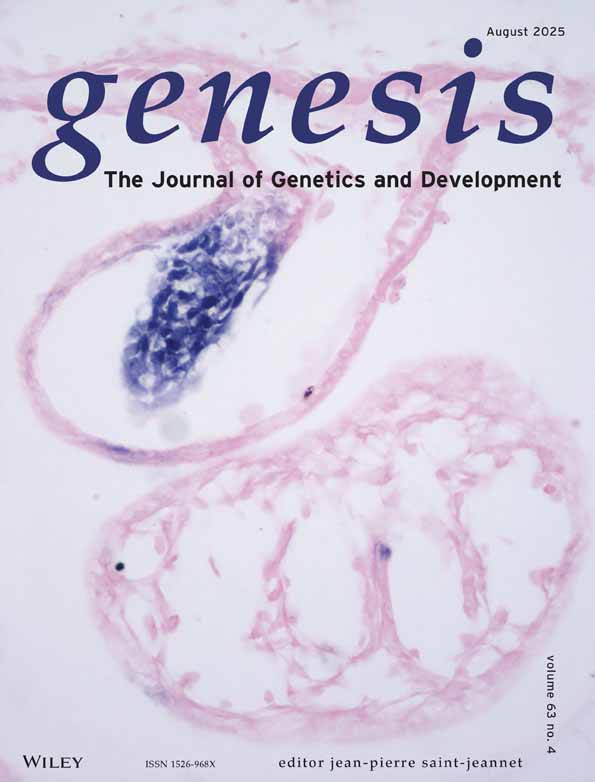Adoptive transfer of the hematopoietic system of trisomic mice with limited life span: Stem cells from six different trisomies are capable of survival
Abstract
The life span of murine trisomies is limited to the fetal or early postnatal period. However, rescue of the hematopoietic system of fetal mice with trisomies (Ts) 12, 13, 14, 16, 18, and 19 is possible by transplanting hematopoietic stem cells from the liver into lethally irradiated adult hosts. Thus, radiation chimeras with permanent and almost complete trisomic hematopoietic and lymphocytopoietic systems were constructed. The longest documented survival of a trisomic graft was 12 months in Ts 19 chimeras. Blood counts in trisomic chimeras reveal a marked anemia in Ts 16 chimeras; lymphocytopenia in Ts 12, Ts 16, and Ts 19 chimeras; and granulocytopenia in Ts 18 chimeras. Survival rates of Ts 12, Ts 18, and Ts 19 chimeras were not different from those of the respective controls, whereas survival rates of chimeras with Ts 13 and Ts 16 hematopoiesis were markedly reduced and that of Ts 14 chimeras only slightly reduced. These results indicate that transplanted hematopoietic stem cells from Ts 13, Ts 14, and Ts 16 fetuses exhibit relevant genetically determined defects, resulting in a reduced restoration capacity of hematopoietic organs and/or deficiencies of differentiated blood cells. © 1992 Wiley-Liss, Inc.




